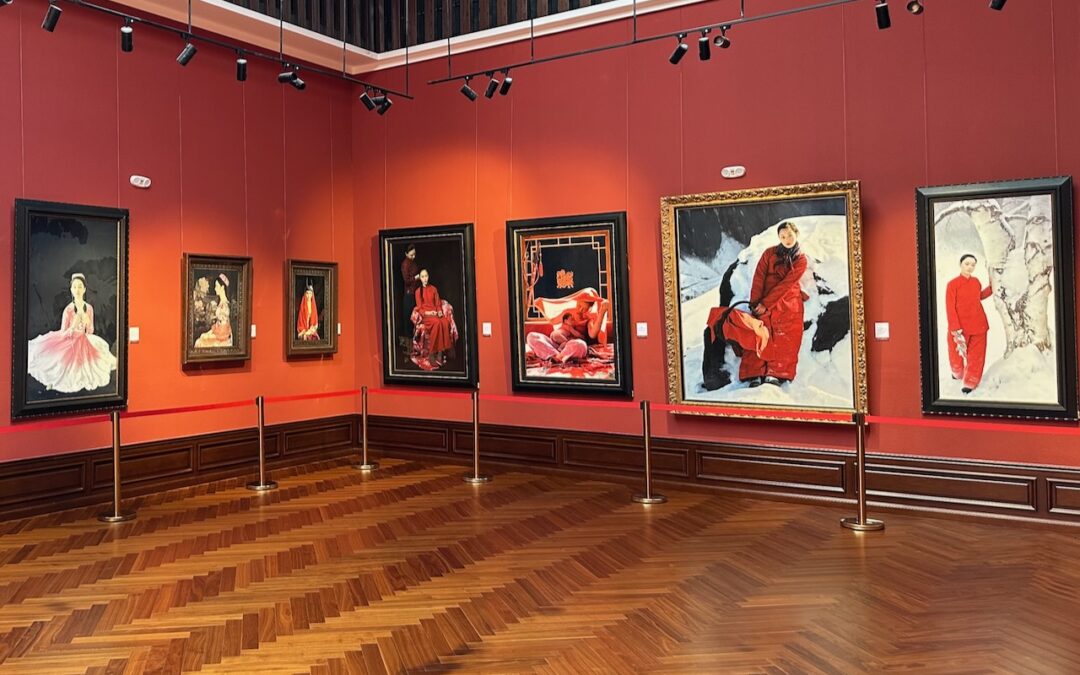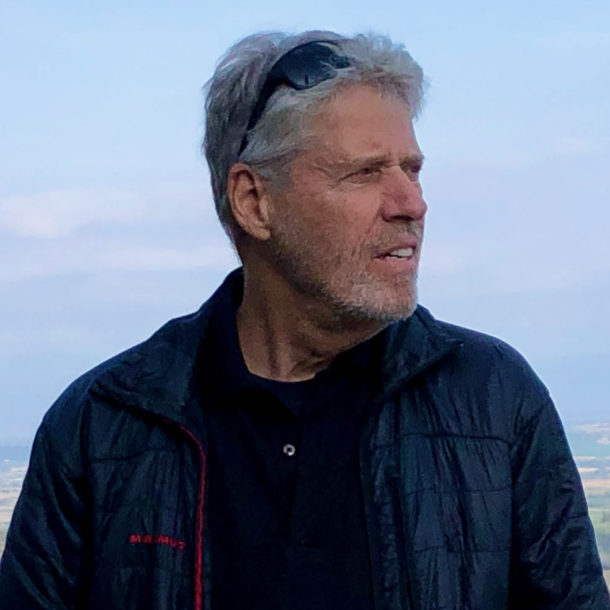Yes, there is an engaging art museum and temple in remote China, some 300 miles (500km) from Beijing. The museum, in Zuoquan county, is a worthy trip when you venture to Shanxi Province’s more notable destinations: the Jinci Temple complex and Pingyao Ancient City. For westerners, this will probably be their first introduction into tourist sites visited primarily by Chinese. In fact, I rarely saw a Caucasian throughout my Shanxi journeys.

We start our travels with a one-hour plus flight from Beijing to the city of Changzhi. From there, we travel by private van another 1 1/2 hours into the beautiful countryside to our destination in Zuoquan county. Note: Zuo Quan was a Communist general who died fighting the Japanese. There are numerous memorials in this region to war heroes.
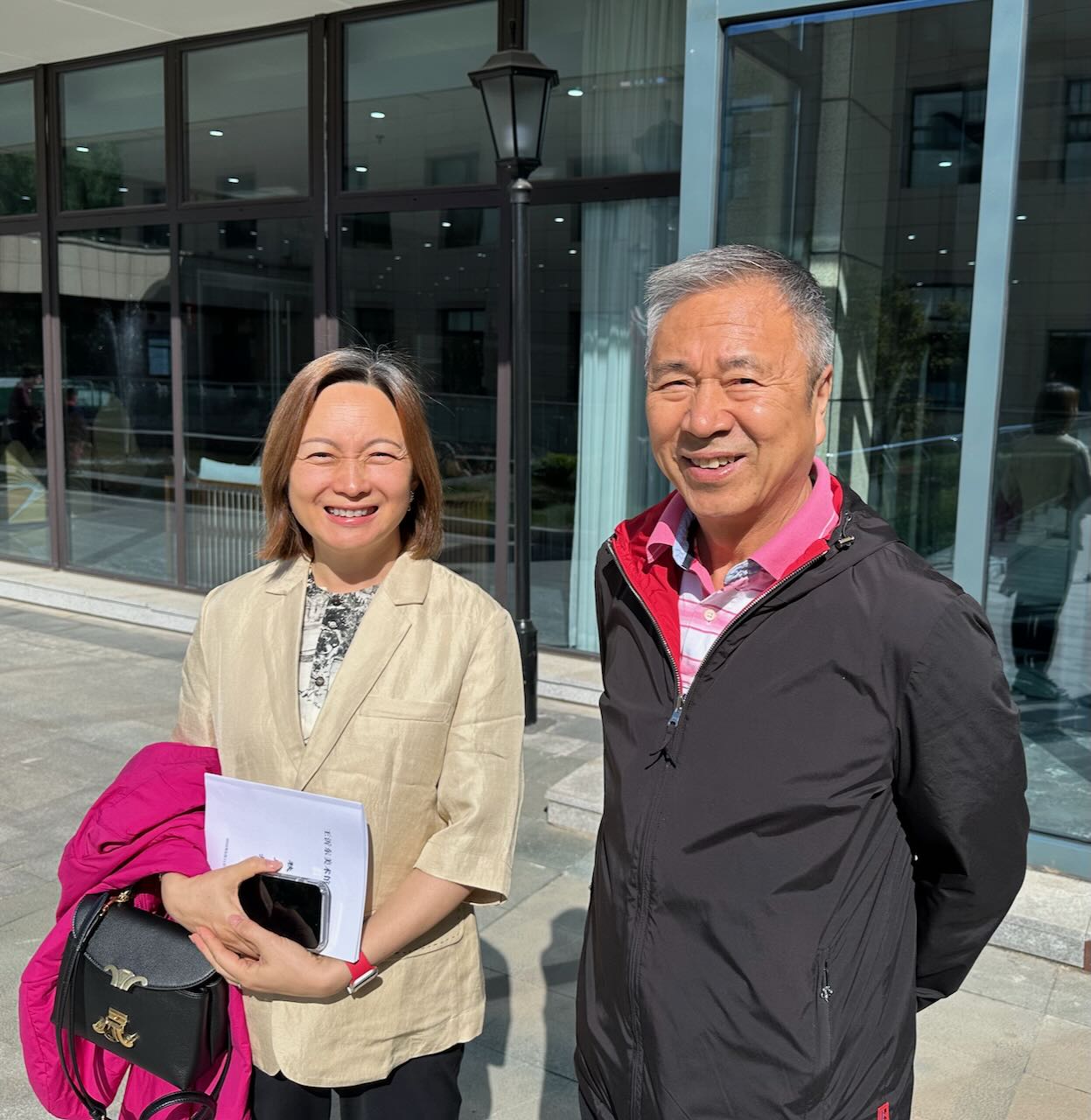
It is here we are invited to attend the opening ceremony of the Wang Yidong Art Museum. Wang Yidong, born in rural China in 1955, is a renowned artist painting in the realist style. Some of his works have sold for well over a million dollars.
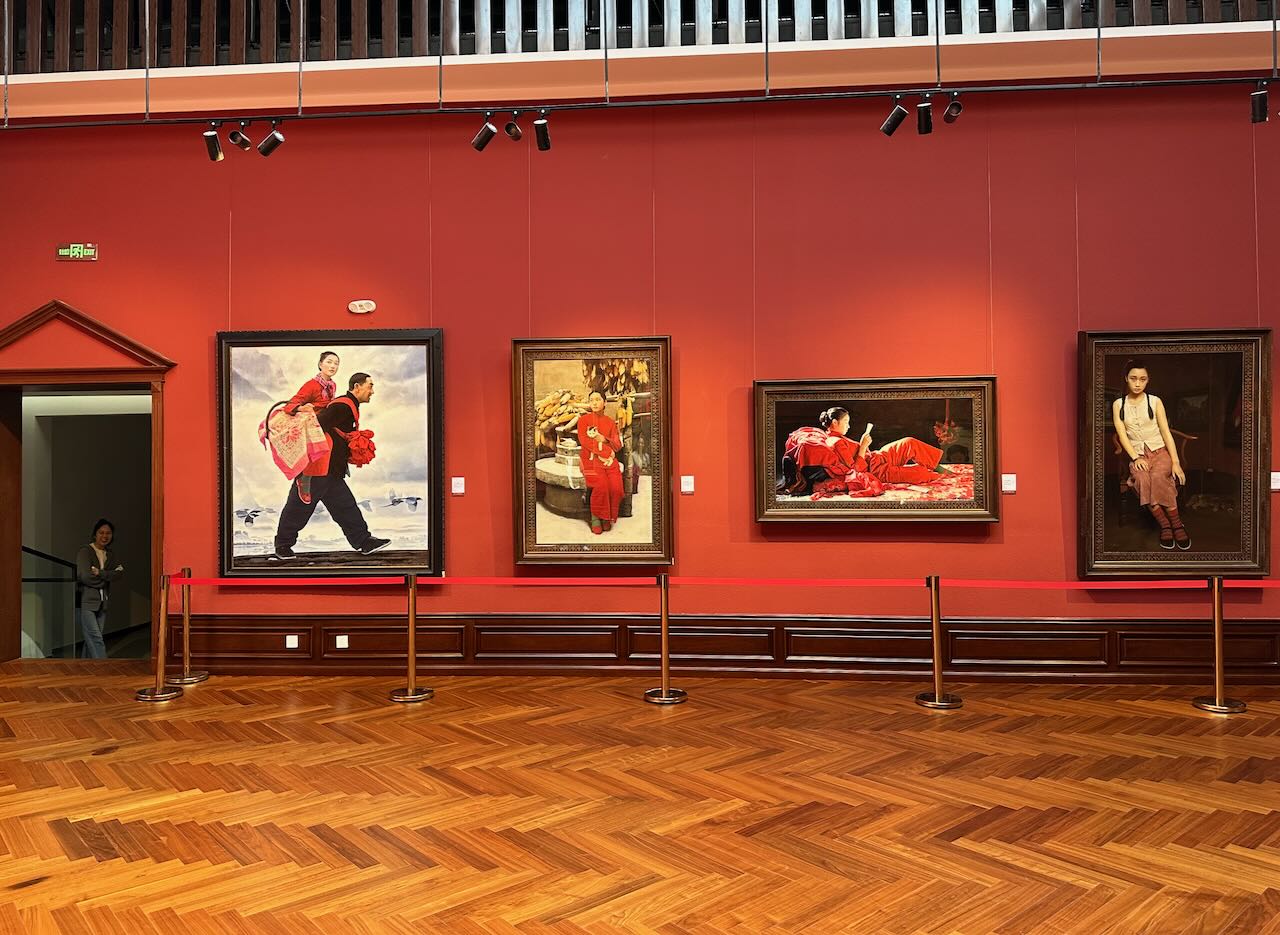
An article from the acclaimed Christie’s auction house describes Wang Yidong’s paintings as “earnest and humble portrayals of humankind, less concerned with physical than moral beauty, endeavouring to project the aesthetics inherent in simple quotidian scenes.”

Christie’s goes on to say, “His essential idealism, realistic environments and classical themes are drawn into a modern and decidedly Chinese context, suggesting parallels between two periods of political idealism, struggle for liberty, heroism, austerity and the values of simplicity and human virtue.”

Whatever the meaning behind the art, we are struck by his bold use of red. Also, Wang’s ability to capture subtle facial expressions and the way he uses light, both indoors and outdoors.
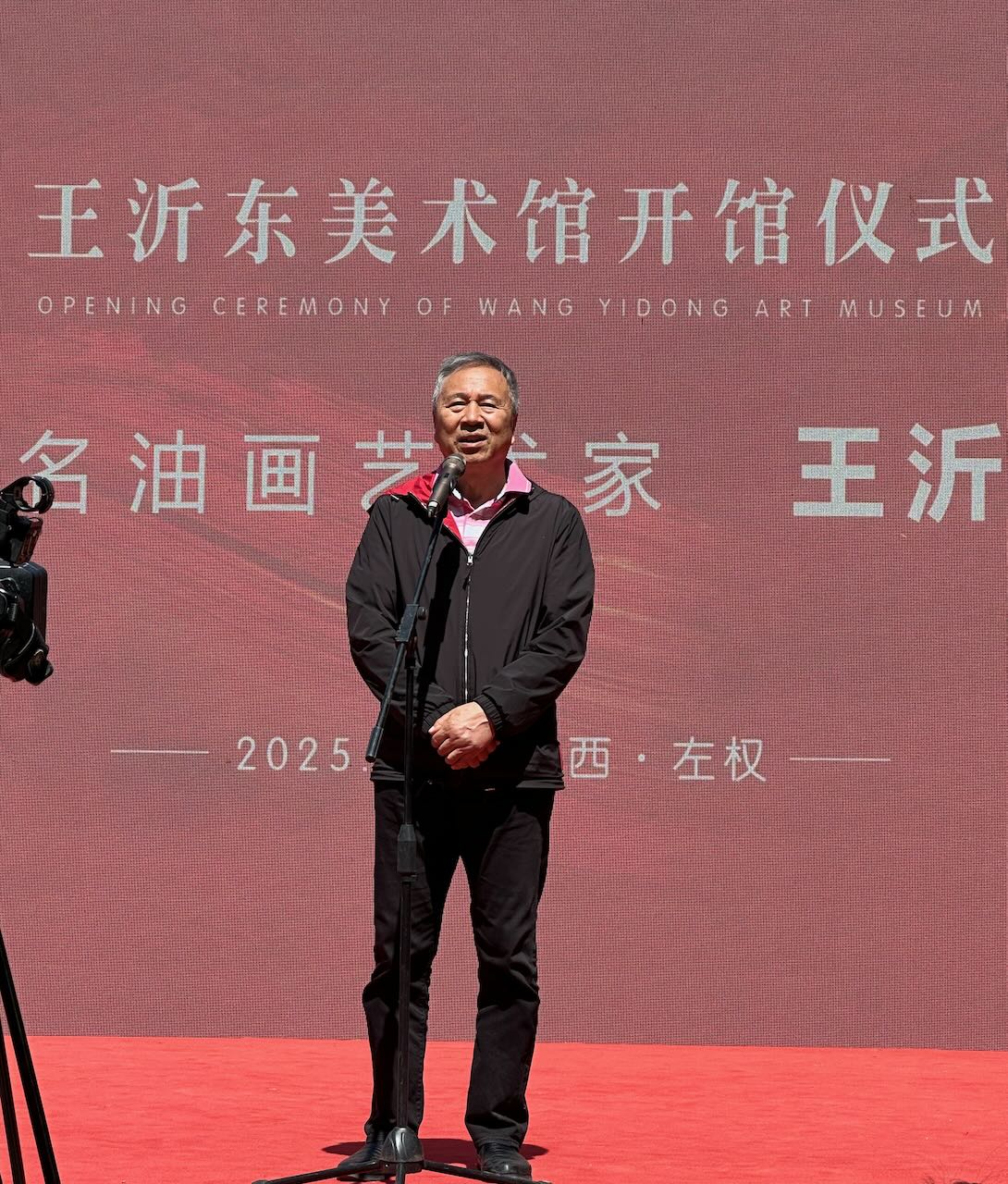
The lively opening ceremony of the Wang Yidong Art Museum brings together distinguished artists and local government leaders as this area seeks to broaden its appeal beyond the impressive landscape into the art world.
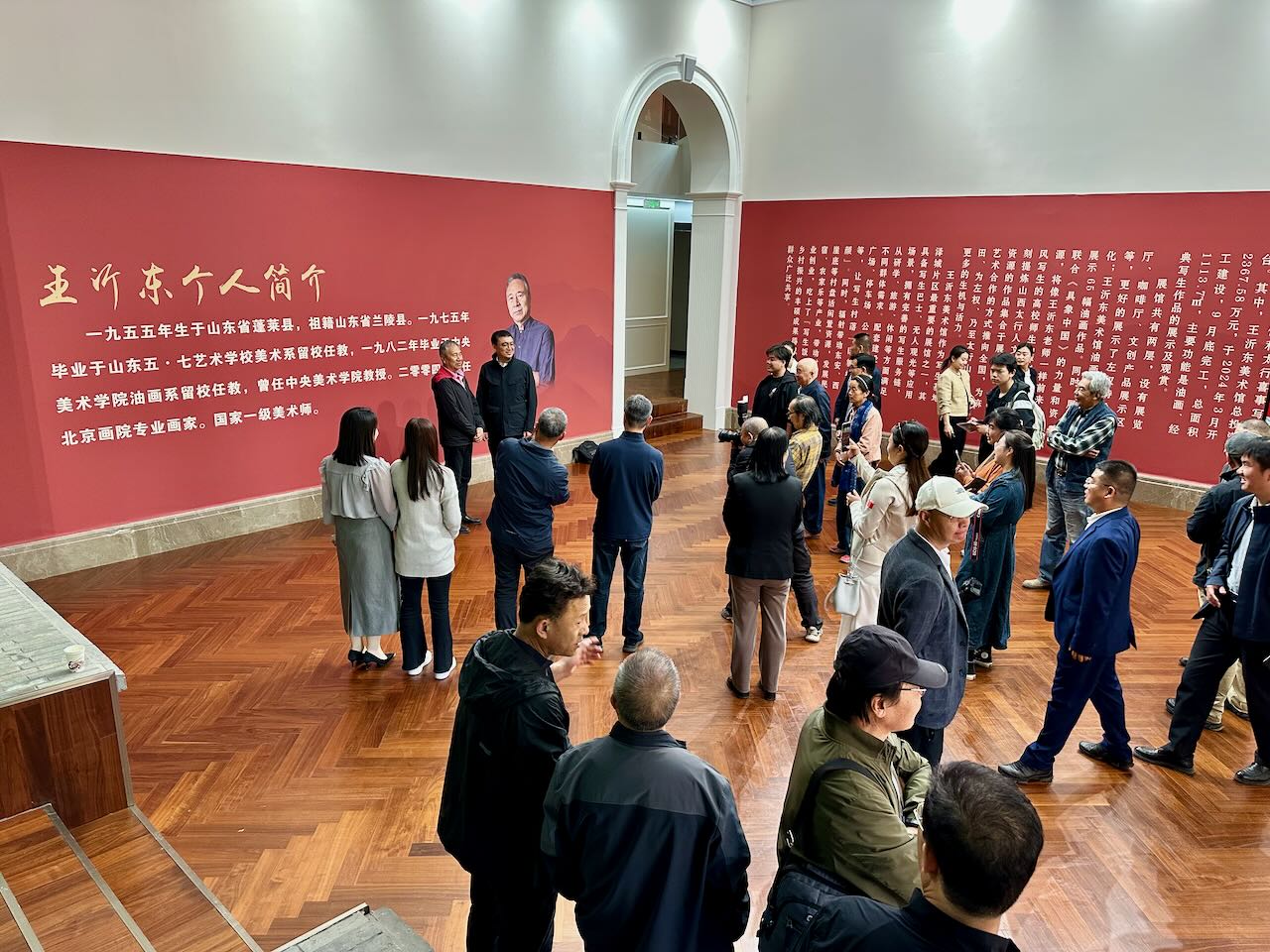
The expansive gallery, complete with ample workshop space in another building, is an important step in that direction.

China has built a remarkable train system. The bullet train from Changzhi to our next destination, Taiyuan, takes only a little over an hour to travel 220 km (137 miles). The modern J.W. Marriott is our base for the next part of this journey.
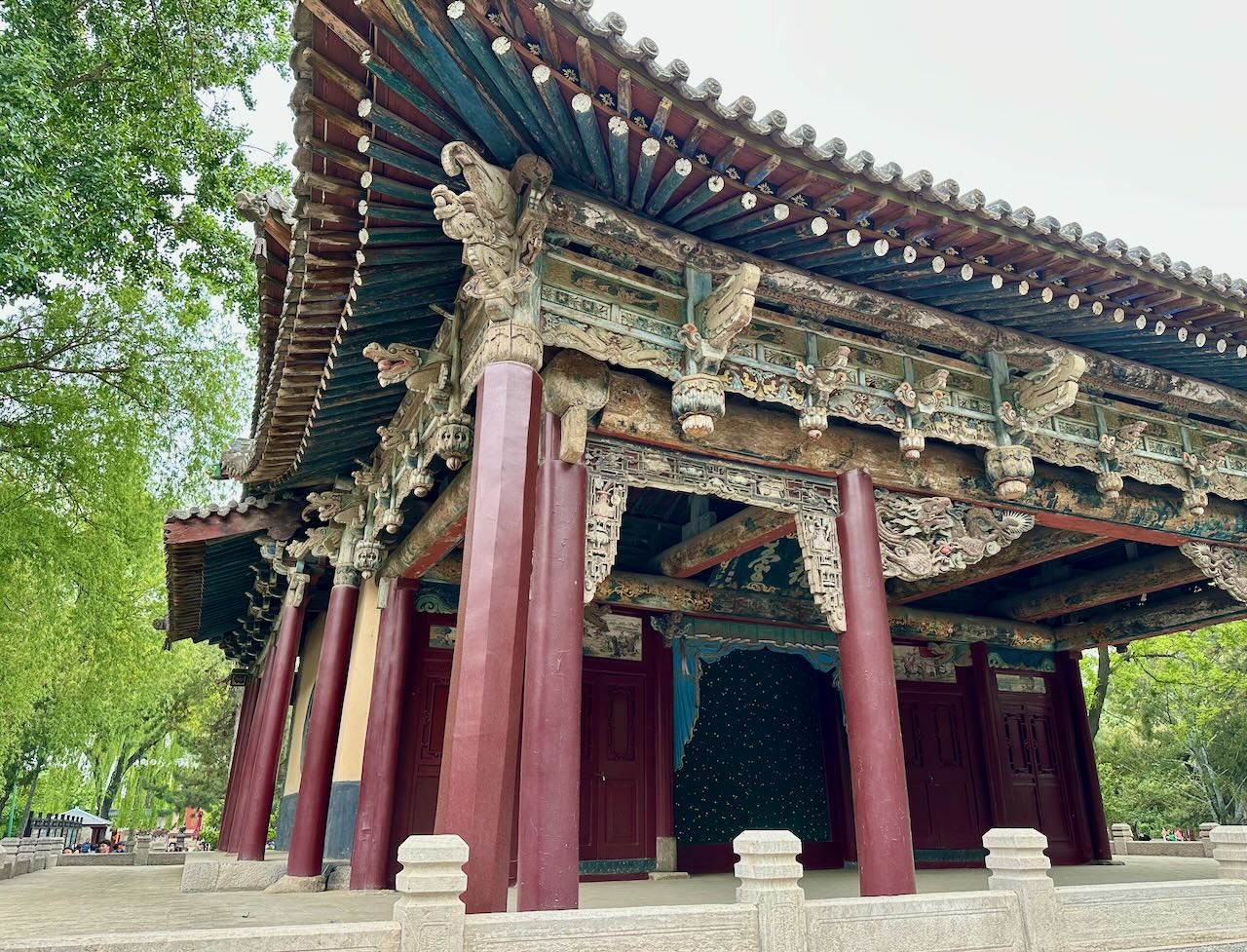
The Jinci Temple complex is just 30 minutes from Taiyuan. We discover a wonderland of 98 buildings, some more than 1,000 years old. It is recognized as the earliest ancestral temple garden complex in all of China. We recommend allowing most of a day to wander the vast grounds, experiencing both natural scenery and cultural relics.

Highlights include the 3 wonders of architecture. The first national treasure is Shengmu Hall, constructed during the Song Dynasty, around 1023 A.D. The second is the twining carved dragons. The 8 lifelike dragons form the earliest wood carving column in China. The third wonder is the Flying Bridge Across Fish Ponds. The 34 stone columns supporting the deck also date back more than 1,000 years.

Next, we discover the 3 wonders of Jinci Temple. First marvel at the ancient living cypress trees that shade the buildings. One of them dates to the Zhou dynasty around 1000 B.C! The second wonder is the 43 colorful maidservant sculptures to be found in Shengmu Hall. The third is Nanlao Spring, with water rushing through rock formations year-round. Take time to explore and you will find stele tablets with calligraphy and many more hidden treasures.

Most tourists to Taiyuan also make the 90-minute day trip by car to Pingyao Ancient City. Thanks to reconstruction, you are able to step back in time to the Ming dynasty. The city walls, built in 1370, stand an imposing 39 feet (12m) high. They are considered some of the best-preserved ancient city walls in all of China. They enclose an area less than a square mile, making the little city very walkable in a few hours. It is interesting to wander in, up, and around Qiao’s Grand Courtyard, with its classic stone and timber architecture.

After a half-day in Pingyao, some make the journey to see the Mengshan Giant Buddha, just 25 km south of Taiyuan. The Buddha was carved on the cliff face of a mountain around 551 A.D. Discovered in the 1980s with its head missing, it has been restored and open to tourists.

The setting for the Wang Yidong art museum (pictured above) and the Jinci Temple complex is indeed remote. It is for the Western traveler looking to experience a China beyond the initial visits to Beijing and The Great Wall. Even beyond their further visits to see Chengdu pandas and Terracotta Warriors. For those adventure seekers and art lovers, this journey can be a rewarding effort.
Do you have any questions or comments about these Shanxi Province locations? Feel free to comment at the bottom of this post.
What’s upscale?
Stay at the modern J.W. Marriott in Taiyuan as your base for Jinci Temple complex and Pingyao.
What’s budget?
Even upscale travel in Shanxi Province is reasonable, including transportation, hotel and entrance fees.

